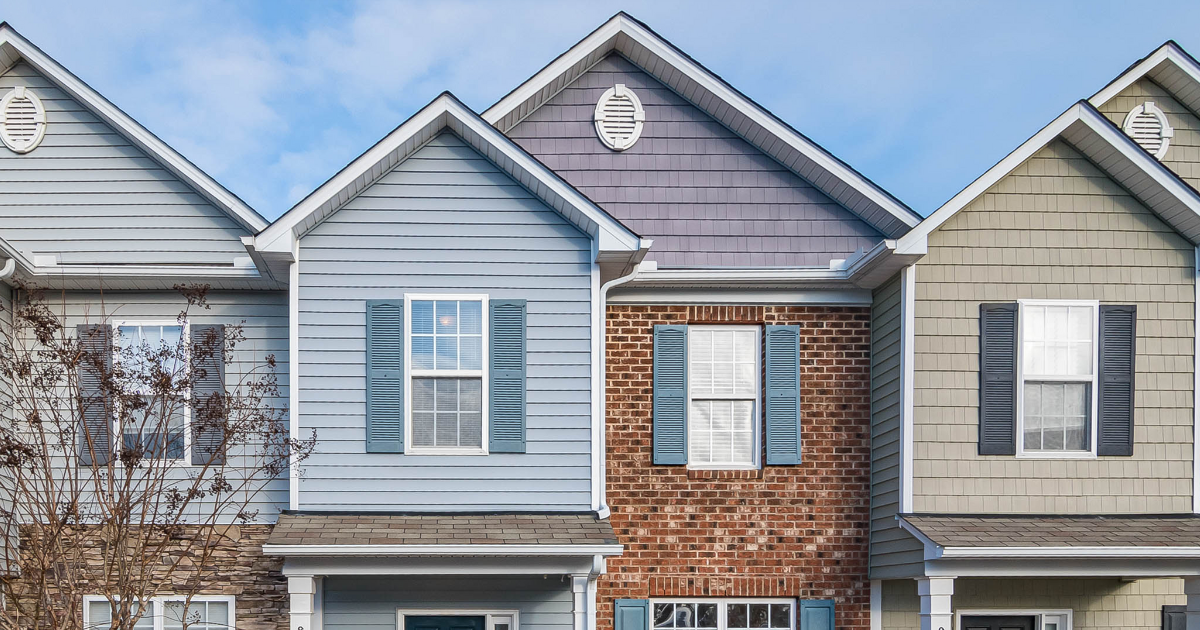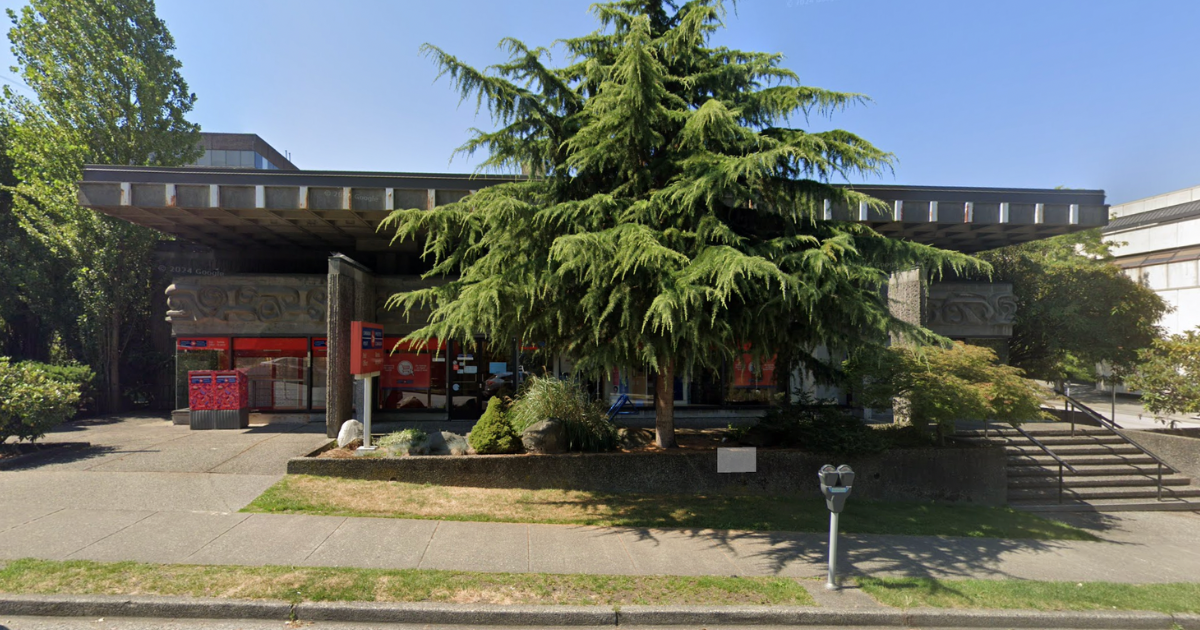For the third consecutive year, eight of 11 cities surveyed in an annual report have a commercial tax rate that is at least double the residential tax rate. This means that a commercial property would incur property taxes more than twice the amount of an equally valued residential property. This results in dramatic impacts, particularly on Canadian small businesses, says the report by Altus Group and the Real Property Association of Canada (REALPAC).
The average commercial-to-residential tax ratio for the cities surveyed in 2020 was 2.65, reflecting a 6.56-per-cent decrease from 2.84 in 2019, the report says. The decrease was largely driven by reductions in the Vancouver and Calgary ratios, dropping 36.84 per cent and 22.05 per cent, respectively. However, Montreal saw the largest increase in the survey – 4.45 per cent, rising above a 4.00 ratio for the first time in 17 years, says the report.
“While the decrease in the overall average commercial-to-residential ratio is a positive step in the right direction, more action needs to be taken by governments in particular regions where the ratio has been steadily increasing,” says Terry Bishop, president of Property Tax Canada at Altus Group. “COVID-19 has accelerated the need to reduce the commercial-to-residential tax ratio given the significant added pressure currently facing businesses. Municipalities should recognize that bringing down the commercial-to-residential tax ratio will not only help provide some much-needed relief to struggling businesses during this time but will also make their cities more appealing to businesses going forward. This in turn will help foster job growth and lead to sustainable revenue for the city.”
Property taxes are paid by both business property owners and residential property owners, but Altus Group says the rates they pay vary because they are set at the discretion of taxing authorities. The ongoing challenge that governments face is to find ways to fund municipal budgets while at the same time balancing the perceived fairness between commercial and residential taxpayers. For more than 17 years, Altus Group has conducted this report analyzing the differing tax ratios between commercial and residential properties.
In 2020, Calgary, Edmonton, Montreal, Quebec City and Halifax all have higher than average tax ratios that are being driven by the municipality. In Toronto and Ottawa, it is the province (specifically the provincial education levy) that is increasing their ratios. Without significant downward movement in the provincial ratio, both Toronto and Ottawa will be challenged to bring their overall ratios down, says the report.
















